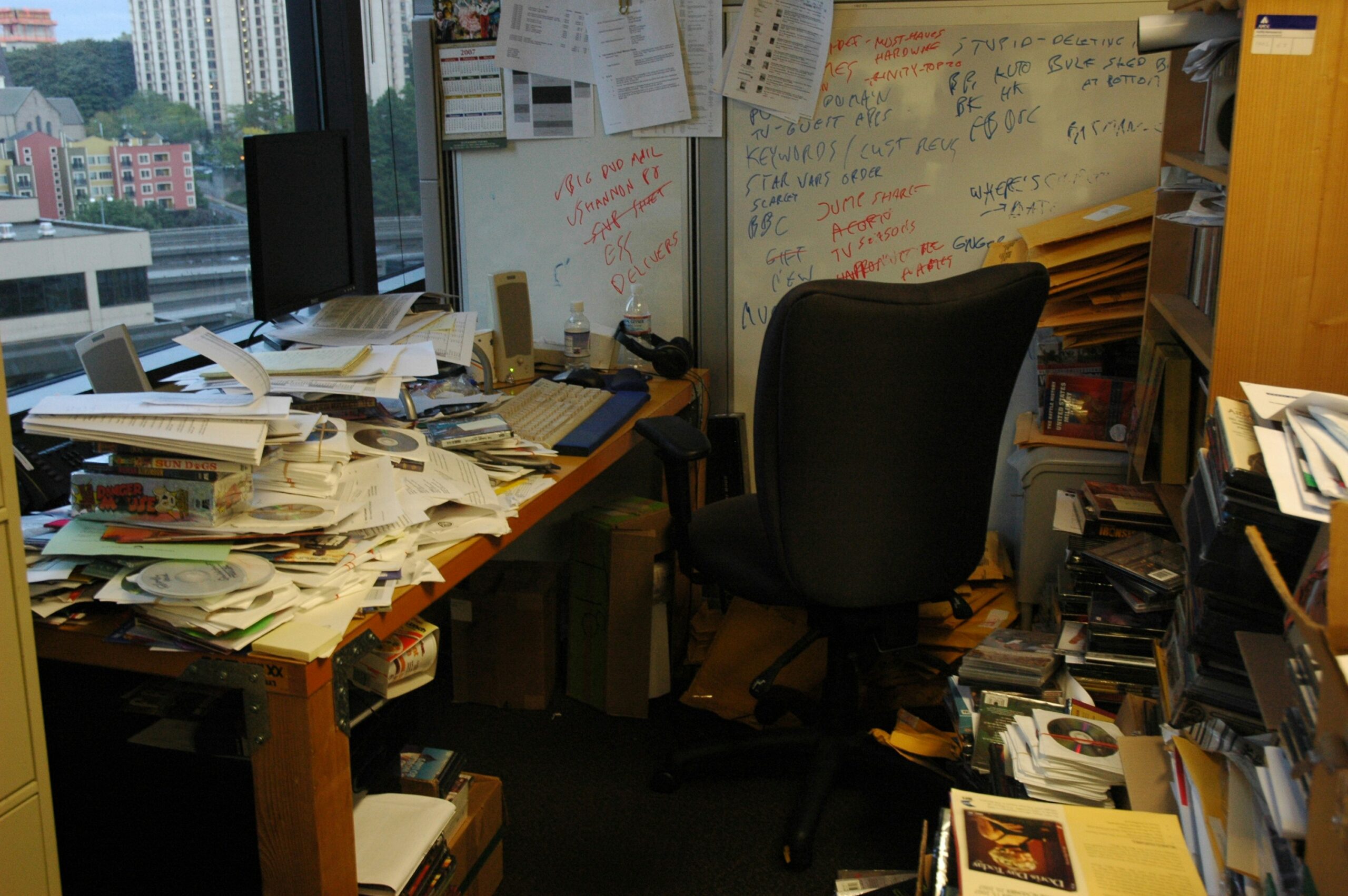When you think of workplace accidents, you probably imagine dangerous machinery, construction sites, or hazardous chemicals. But often some of the biggest risks are hiding in plain sight – in offices, break rooms, and warehouses where employees assume they’re safe.
At Stallard Kane, we’ve encountered some truly shocking health and safety oversights that could have led to serious injury, or worse. Here are just a few real-life examples that highlight why businesses must take workplace safety seriously.
Shopping Bags Almost Spark Fire in Office Kitchen
An employee placed their shopping bags on a kitchen counter in the workplace, not realising they had accidentally pressed against the controls of an electric hob. The hob switched on, and within minutes, the plastic bags began to melt. Thankfully, the issue was spotted before a fire broke out, but this could have been a serious incident.
To prevent this, workplaces should ensure kitchen areas are clear of clutter, appliances are turned off when not in use, and safety reminders are in place to prevent accidental activation.
Employee Tries to Retrieve Toast with Knife – While Toaster Still Plugged In
A seemingly small mistake, but one that carries a serious risk – an employee attempted to get a piece of bread out of a toaster using a metal knife while the toaster was still plugged in. This kind of action could lead to electric shock, and it’s an example of how everyday habits can turn into hazards.
Clear workplace guidance on electrical safety and appliance use can help prevent situations like this. Simple reminders, such as unplugging a toaster before attempting to retrieve food, can make all the difference.
Frayed Carpet in Office Poses Serious Trip Hazard
In one workplace, a frayed and loose section of carpet had been left unaddressed for some time. It may not have seemed like a priority, but it created a significant trip hazard for staff. Hazards like these can lead to preventable falls and injuries, even in low-risk environments like offices.
Regular workplace inspections and prompt maintenance of flooring, stairwells, and walkways can help reduce the risk of slips and trips.
Overflowing Bins and Food Waste Create Kitchen Hygiene Nightmare
In one workplace, the staff kitchen had become an area of concern – not because of fire risks, but due to poor hygiene. With bins overflowing, food debris left on counters, and employees choosing to eat at their desks instead, the environment posed a risk of contamination and pest issues.
To maintain hygiene and welfare standards, businesses should ensure that cleaning schedules are followed, kitchen areas are kept tidy, and employees have access to clean and well-maintained facilities.
Employee Uses Kitchen Knife to Open Tough Packaging
A worker needed to open a tightly sealed package and, instead of using a box cutter, grabbed a kitchen knife. While no injury occurred, using inappropriate tools for tasks increases the risk of accidents. In this case, a slip of the knife could have easily led to a serious cut.
Employers should ensure the right tools are available for specific tasks and that employees are reminded to use them correctly. Providing safety knives with retractable blades and regular training on safe tool use can help prevent accidents.
Broken Hammer “Fixed” with Duct Tape Found in Daily Use
During a workplace visit, we found a hammer that had been “repaired” with duct tape instead of being properly replaced. While it seemed functional, makeshift repairs like this pose a serious safety risk – damaged tools can break unexpectedly and cause injury.
Businesses should have clear procedures for reporting and replacing damaged tools and equipment. A culture of safety means employees feel comfortable flagging issues rather than resorting to DIY fixes.
Small risks can lead to big problems
These examples show that workplace hazards don’t always come from high-risk environments – everyday workplaces can have dangers that go unnoticed until something goes wrong. The good news? Most of these risks are easy to prevent with the right training, workplace checks, and safety culture.







